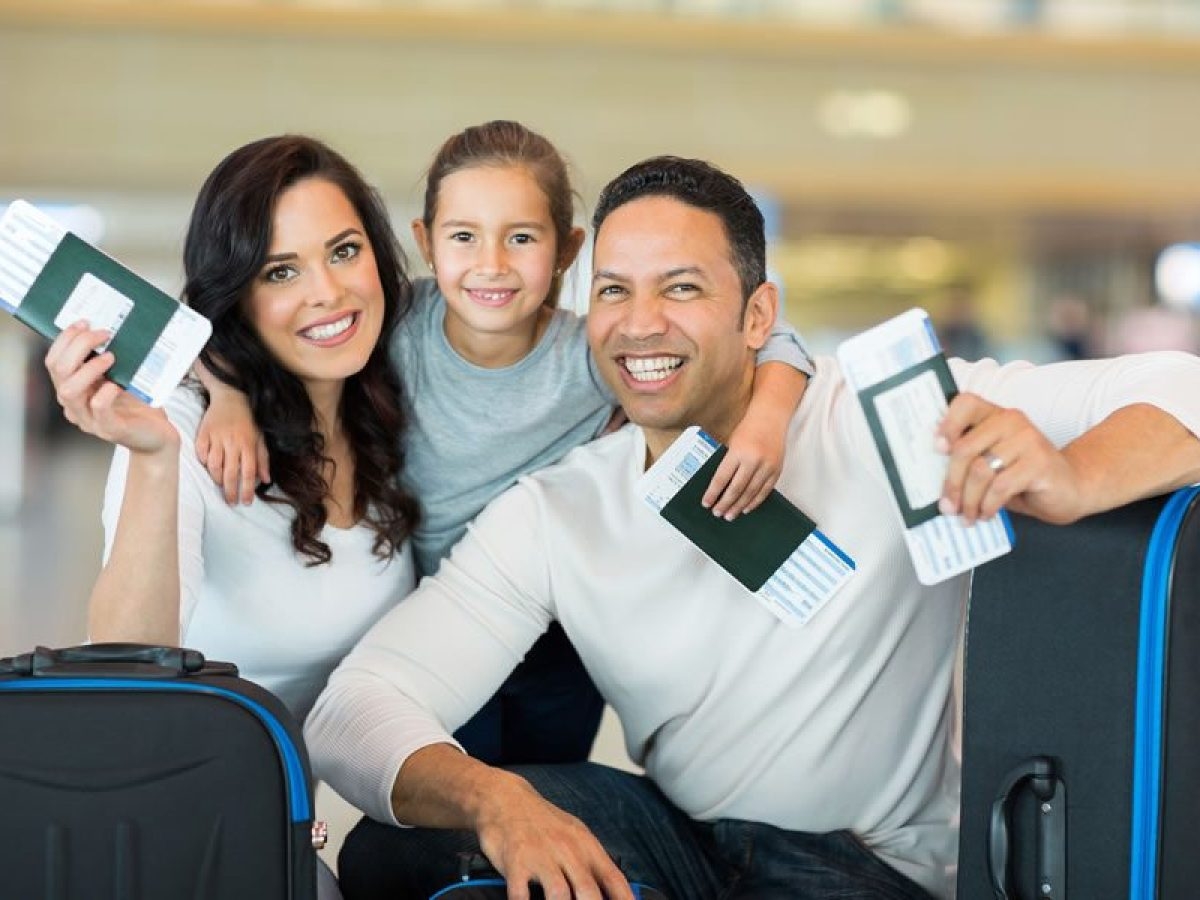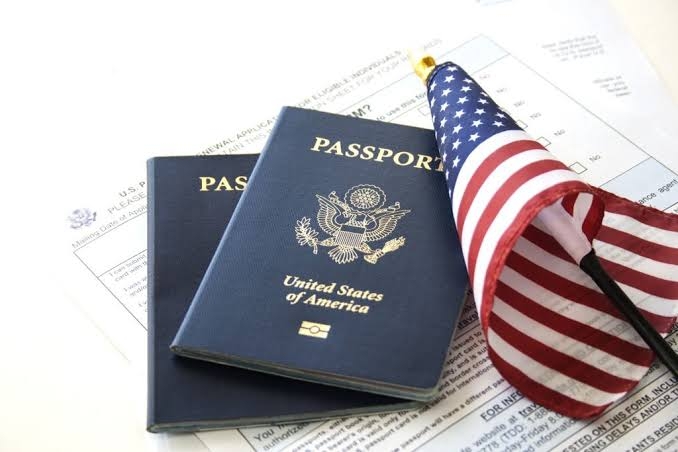Bringing your loved ones to live with you permanently is possible through family sponsorship. Both Canada and the United States offer immigration programs that allow citizens and permanent residents to sponsor close family members like spouses, children, parents, or siblings. Family Sponsorship Visas for Canada and the USA are built to support family reunification but they come with specific rules, forms, and steps you need to follow.
This guide walks you through everything you need to know, from who’s eligible and how the process works, to common mistakes and tips that can improve your chances of approval.
What Is Family Sponsorship?
Family sponsorship is a legal pathway that allows citizens and permanent residents to bring close relatives to live with them permanently. It’s a key part of immigration policies in both Canada and the U.S., with a shared focus on keeping families united.

When someone sponsors a family member, they are making a formal commitment to support them financially and emotionally during their transition to life in the new country. This means ensuring that the relative won’t need to rely on public assistance and will be integrated into society smoothly.
Family sponsorship does not apply to friends or distant relatives. It’s reserved for close family relationships, and both the sponsor and applicant must meet certain legal, financial, and procedural requirements. Also, both countries have safeguards to prevent fraudulent marriages and abuse of the system, so proving the genuineness of your relationship is critical.
Who Can You Sponsor?
Knowing who qualifies for sponsorship is the first and most crucial step before starting an application. Each country defines “family” differently, so it’s important to understand these limits.
In Canada, you can sponsor:
- Spouse or common-law partner: You must prove the relationship is genuine. This includes marriage certificates, photos, communication logs, and shared responsibilities.
- Dependent children: Children under 22 years old who are not married or in a common-law relationship. Children with disabilities who depend on you financially may also qualify regardless of age.
- Parents and grandparents: Sponsored through the Parents and Grandparents Program (PGP), which opens once a year through a lottery-style invitation system.
- Other relatives: Only in very limited situations like an orphaned sibling, niece, or nephew under 18 who has no other family members. You may also sponsor one relative of any age if you have no other eligible relatives.
In the USA, you can sponsor:
- Spouse: Marriage must be legally recognized and bona fide. Same-sex marriages are also accepted.
- Children: Both minor (under 21) and adult children (married or unmarried). Stepchildren may qualify if the marriage happened before the child turned 18.
- Parents: Only U.S. citizens aged 21 and above can sponsor parents.
- Siblings: You must be a U.S. citizen aged 21 or older. Green card holders cannot sponsor siblings.
Note: U.S. immigration law distinguishes between “immediate relatives” and “family preference categories.” Immediate relatives (spouse, minor children, and parents of U.S. citizens) have no yearly quota, while others face long waits due to visa limits.
Read: How to Find and Secure Housekeeping Supervisor Jobs in the USA with Visa Sponsorship Opportunities
Key Requirements for Sponsors
The person sponsoring a family member takes on a serious legal responsibility. Whether in Canada or the USA, the sponsor must meet minimum age, residency, and financial standards. Below are the core requirements.

For Canada:
- Must be at least 18 years old
- Must be a Canadian citizen, permanent resident, or registered under the Canadian Indian Act
- Must reside in Canada (citizens living abroad must return when the sponsored relative arrives)
- Must agree to provide financial support for:
-
- Spouse: 3 years
- Dependent child: 10 years or until they turn 25
- Parent/grandparent: 20 years
-
- Must not be bankrupt, in prison, or have defaulted on previous sponsorships or child support payments
For the USA:
- Must be at least 18 years old
- Must be a U.S. citizen or lawful permanent resident (green card holder)
- Must live in the U.S. or prove intent to reside in the U.S.
- Must file Form I-864 (Affidavit of Support), showing you earn at least 125% of the Federal Poverty Guidelines for your household size
- You are financially liable for the relative until they become a U.S. citizen, earn 40 quarters of work (about 10 years), or leave the country permanently
In both countries, the sponsor’s income and history are closely examined to ensure they can meet the commitment.
Application Process Overview
The application process varies between Canada and the USA, but both involve several stages and significant documentation. Here’s how it generally works in each country:
In Canada:
- Gather Documents: Proof of relationship, identity documents, police clearance, financial proof, etc.
- Submit Sponsorship + PR Application Together: You must apply to sponsor and your relative must apply for permanent residence simultaneously.
- Pay Processing Fees: Include biometrics, application, and Right of Permanent Residence Fee.
- Application Review: IRCC will assess the sponsor’s eligibility first, then move on to the applicant.
- Medical Exams & Background Checks: Once you receive approval-in-principle, your family member must complete medical, security, and background checks.
- Final Decision: A Confirmation of Permanent Residence (COPR) is issued if approved.
In the USA:
- File Form I-130: This petition confirms your relationship with the relative.
- USCIS Review: If approved, the case is sent to the National Visa Center (NVC).
- File DS-260 and Affidavit of Support: At this stage, fees are paid and additional forms are submitted.
- Attend a Visa Interview: At a U.S. consulate abroad or adjust status from within the U.S. (Form I-485)
- Medical Examination: Conducted by a certified physician.
- Visa Issuance or Green Card Approval
In both countries, missing documents, delays in responses, or unclear information can cause delays or denials.
Read: How to Find and Secure Specialized Chef Cuisine Jobs in Canada with Visa Sponsorship
Processing Times and Costs
Processing times vary greatly depending on the type of relationship, country of origin, and how complete your application is.

Canada:
- Spouse/Common-law partner: Around 12 months
- Dependent children: 10 to 12 months
- Parents and grandparents: 20 to 24 months (must first receive an invitation)
- Orphaned relatives: Varies widely
Fees (CAD):
- Spouse/Partner: $1,080
- Child: $150 per child
- Parent/Grandparent: $1,050 per person
USA:
- Spouse: 10 to 18 months
- Children: 12 to 24 months
- Parents: 12 to 24 months
- Siblings: 10 to 15+ years, especially for citizens from countries like the Philippines, India, or Mexico due to visa caps
Fees (USD):
- Form I-130: $535
- DS-260 (Immigrant Visa Application): $325
- Affidavit of Support: $120
- USCIS Immigrant Fee: $220
- Adjustment of Status (if applicable): $1,140 + biometrics ($85)
Plan financially for both the government fees and any lawyer or consultant charges if applicable.
Common Challenges and Mistakes
Many applications are delayed, returned, or denied due to avoidable errors. Knowing what to watch out for is key to preventing unnecessary frustration.
Common mistakes include:
- Submitting incomplete forms or outdated versions
- Missing required documents (marriage certificates, birth certificates, police clearances)
- Providing weak or unclear relationship evidence
- Failing to meet the financial requirements
- Not translating foreign-language documents into English or French (Canada)
- Ignoring immigration requests or deadlines
- Assuming eligibility without checking current immigration rules
Always double-check official checklists and consider a consultant for complex cases.
Read: Working Holiday Visas: How Young Adults Can Explore the U.S. Job Market Temporarily
Tips to Improve Approval Chances
A strong, organized application is your best chance of getting approved. Here’s how to strengthen your case:
- Include solid proof of relationship: Photos, travel records, messages, video calls, shared financials, and joint leases.
- Organize documents professionally: Label everything clearly and submit a cover letter explaining your relationship and timeline.
- Use the correct forms: Always download forms from the official government website to ensure they are up to date.
- Respond quickly to additional requests: Delays in response can slow the process or result in refusals.
- Don’t hide information: Disclosing previous visa refusals or legal issues honestly is better than being caught later.
If your situation involves divorce, adoption, criminal history, or anything unusual, consider legal advice early on.
When to Consider Legal Help
You may not always need a lawyer, but in certain cases, professional help can make a big difference. Consider hiring an immigration consultant or lawyer if:
- You’ve had past visa refusals or overstays
- Your family structure is complex (e.g., adopted children, step-relations)
- You or your relative have criminal records or medical issues
- You’re unsure about meeting income requirements
- You’re facing long delays or procedural complications
Family sponsorship visas for Canada and the USA offer a legal, heartfelt way to reunite with loved ones and build a life together. While both countries welcome family-based immigration, the process requires strong planning, accurate documents, and full understanding of the requirements.
Take your time to prepare carefully. Know who you can sponsor, meet the financial and legal standards, and be ready to prove your relationship. Keep up with immigration updates and seek expert advice if needed. Done right, family sponsorship can turn a long-distance relationship into a new life together under one roof.


